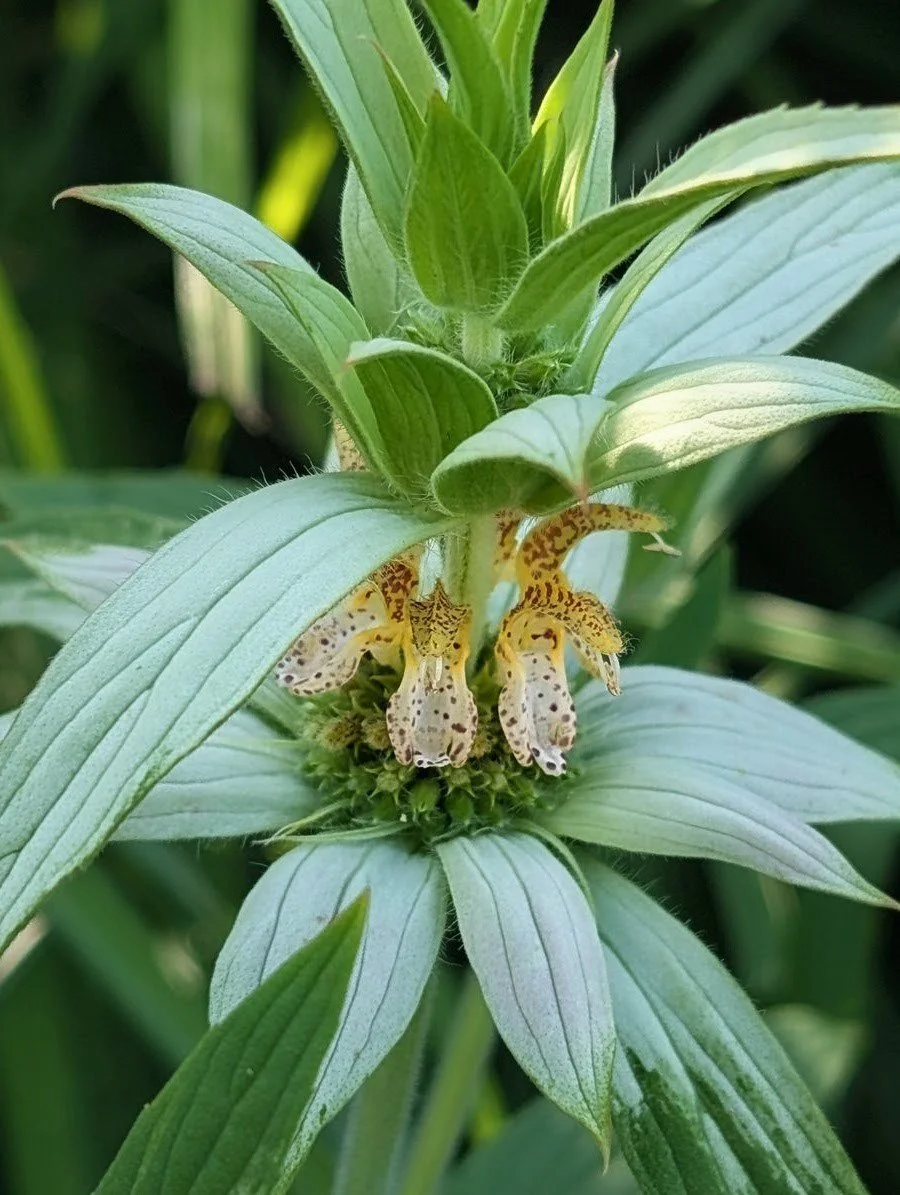Bloom: mid-summer to early fall
Habitats: hill prairies; sand prairies; sandy Black Oak savannas; sandy fields; stabilized sand dunes along Lake Michigan
Lifespan: perennial
Moisture: mesic to dry
Plant type (height): forb (1 to 3 feet)
Requirements: full sun
Soil: sandy
